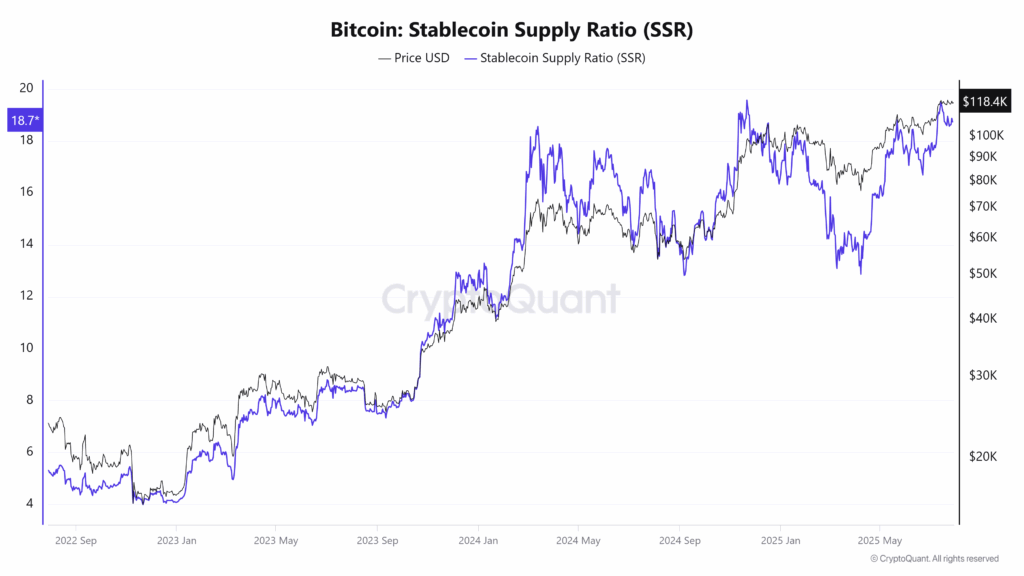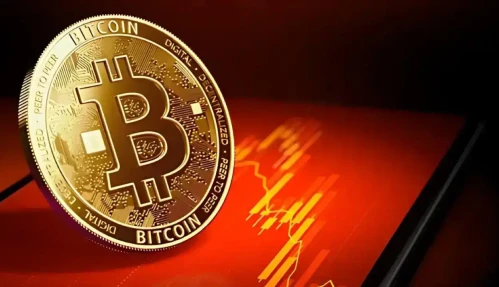The U.S. Department of Justice (DOJ) has filed a forfeiture complaint against $2.3 million worth of Bitcoin associated with the Chaos ransomware group. Galaxy Digital sold close to 30,000 BTC to exchanges on the same day, causing a short-term plunge in Bitcoin prices. The sell-off and the DOJ Bitcoin seizure reflect the increasing overlap of law enforcement action and market forces.
DOJ Bitcoin seizure targets Chaos ransomware
Federal prosecutors requested a complaint to forfeit Bitcoin seized from a suspected Chaos ransomware operator. The $2.3 million was connected to illicit payments made via ransomware campaigns. Officials emphasized that the move reflects the government’s resolve to dismantle the criminal gangs that use cryptocurrencies.

The Double-extortion tactics of the Chaos ransomware gang include encrypting data and threatening to leak sensitive information. The DOJ also added that recovery of hacked digital assets disrupts money channels for these gangs, which makes it tougher for them to carry out future assaults.
Galaxy Digital’s Bitcoin sell-off shakes markets
At the same time, in a further development, Galaxy Digital moved approximately 30,000 BTC worth approximately $3.5 billion to centralized exchanges. Approximately 10,000 to 12,800 BTC sold within hours were worth up to $1.5 billion, analysts estimated.
The shock liquidity injection registered a quick 3% plunge in Bitcoin prices, reducing the asset to just over $115,000. This was a two-week low but above market mood. Galaxy Digital held approximately 18,500 BTC worth an estimated $2.1 billion after selling.
Market analysis: consolidation and risk outlook
Despite the sell-off, the fall of Bitcoin was highly contained. Market experts termed the action a natural correction and not the beginning of a bear cycle. Experts hoped that prices could drop further to $110,000 in the near future as leveraged longs get closed out and momentum is killed.
Quantitative indicators such as the Bitcoin Stablecoin Supply Ratio, which is 18.7, indicate a shift in liquidity to stablecoins. This would mean new injections of capital would be required to initiate the next big rally.

Moreover, institutional flows through exchange-traded funds (ETFs) remain one of the primary drivers of stable prices. Citi analysts report ETF inflows as having accounted for approximately 41% of variability in Bitcoin return this year and as a primary driver of long-term worth.
Implications for investors and regulators
DOJ Bitcoin seizure is one clear indication of the mounting governmental intervention in unlawful crypto activity. For investors, Galaxy Digital’s sell-off illustrates how huge institutional trades have the potential to momentarily rattle markets.
While the near-term is positive for consolidation, heightened ETF demand and institutional usage indicate a favorable backdrop for the trend of Bitcoin in the long run. The regulators are going to double down as legal and illicit capital flow through digital assets continues to rise.




















